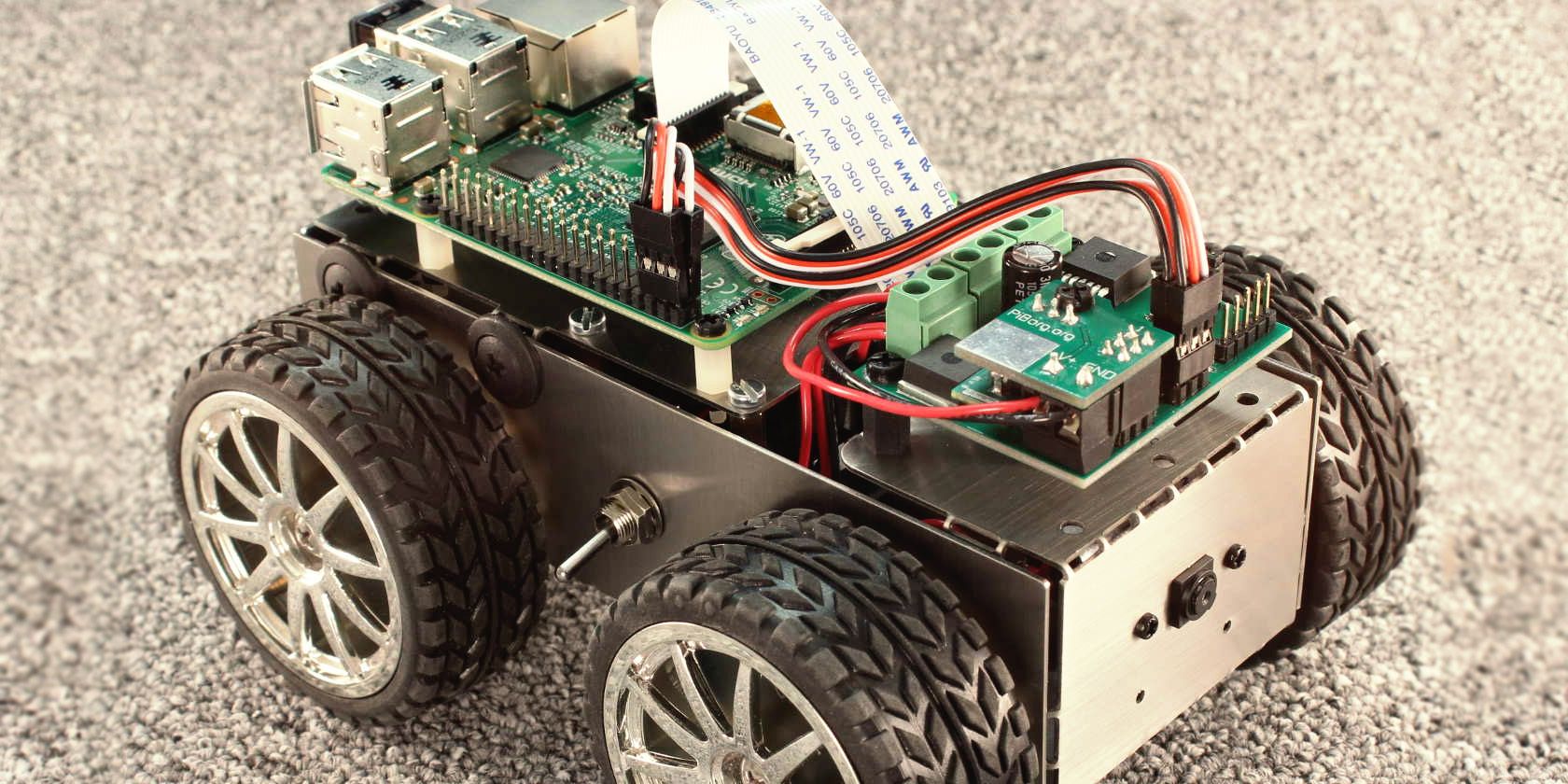
- WRITE WINDOWS ISO TO USB WITH MAC INSTALL
- WRITE WINDOWS ISO TO USB WITH MAC PASSWORD
- WRITE WINDOWS ISO TO USB WITH MAC WINDOWS 7
You can now quit Terminal and eject the volume.
WRITE WINDOWS ISO TO USB WITH MAC INSTALL
When Terminal says that it's done, the volume will have the same name as the installer you downloaded, such as Install macOS Monterey.Note: You need to run this on a windows machine.
WRITE WINDOWS ISO TO USB WITH MAC WINDOWS 7
WRITE WINDOWS ISO TO USB WITH MAC PASSWORD

Sudo /Applications/Install\ macOS\ Mojave.app/Contents/Resources/createinstallmedia -volume /Volumes/ MyVolume Sudo /Applications/Install\ macOS\ Catalina.app/Contents/Resources/createinstallmedia -volume /Volumes/ MyVolume Sudo /Applications/Install\ macOS\ Big\ Sur.app/Contents/Resources/createinstallmedia -volume /Volumes/ MyVolume Sudo /Applications/Install\ macOS\ Monterey.app/Contents/Resources/createinstallmedia -volume /Volumes/ MyVolume If it has a different name, replace MyVolume in these commands with the name of your volume. Now we’re using USB drives, and the process is a little different. Just download an ISO and burn it to CD or DVD.

These assume that the installer is in your Applications folder, and MyVolume is the name of the USB flash drive or other volume you're using. Creating installation media for your operating system of choice used to be simple.

Enterprise administrators: Download from Apple, not a locally hosted software-update server.Download on a Mac that is using macOS Sierra 10.12.5 or later, or OS X El Capitan 10.11.6.Download on a Mac that is compatible with that version of macOS.If the installer opens after downloading, quit it without continuing installation. The installer for macOS Monterey, macOS Big Sur, macOS Catalina, macOS Mojave, or macOS High Sierra downloads to your Applications folder as an app named Install macOS.


 0 kommentar(er)
0 kommentar(er)
